Gonorrhea
Gonorrhea can be transmitted via kissing (unlike chlamydia), especially when the tongue is involved
[1, 2]
A Systematic Review of Kissing as a Risk Factor for Oropharyngeal Gonorrhea or Chlamydia
https://www.ncbi.nlm.nih.gov/pmc/articles/PMC10259206/
Kissing, saliva exchange, and transmission of Neisseria gonorrhoeae
https://www.ncbi.nlm.nih.gov/pmc/articles/PMC6764880/
. Tongue kissing is an independent risk factor for gonorrhea transmission orally.
Five different studies have confirmed it. Most of the oropharyngeal gonorrhea is asymptomatic and short-lived.
Since some other type of sexual contact (oral, recta, or vaginal) usually follows kissing, there are no studies performed that can tell the chance of getting gonorrhea with kissing alone.
Studies have shown that the more kissing partners you have (>4), the higher the chance of getting it (1.46 times higher).
The natural history study showed that 55% of untreated oral gonorrhea gets cleared within a week, most of it (over 80%) by 6 weeks, and all of them by 12 weeks.
Herpes
Herpes transmission happens with skin-to-skin contact. The transmission can occur with and without an outbreak.
These are the pictures of active blisters and sores on the lip and tongue:
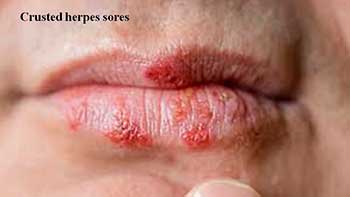
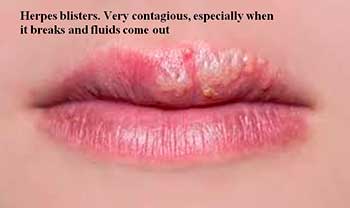
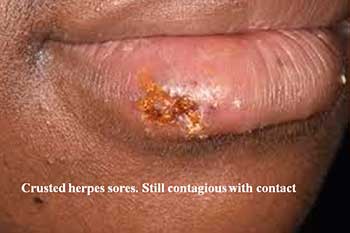
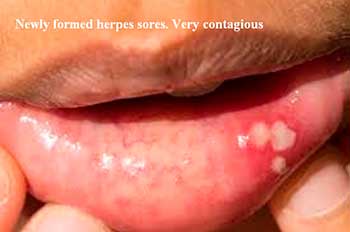
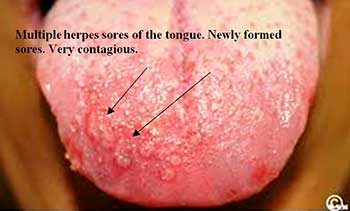
✓
The chance of getting herpes from an asymptomatic person is 10% a year. It happens when the person is shedding the virus.
Keep in mind that most herpes transmission occurs while the person is asymptomatic.
Most positive people have HSV-1 in their mouths, so it is the most common virus type they can pass via kissing. When the HSV-2 virus affects the oral area, it will reside in unusual places—the trigeminal ganglia instead of the sacral ganglia—so the chance of getting recurrent symptoms and shedding is low.
Syphilis
Syphilis is another infection that can be transmitted via skin-to-skin contact. [5] Oral Manifestations of Syphilis: a Review of the Clinical and Histopathologic Characteristics of a Reemerging Entity with Report of 19 New Cases https://pmc.ncbi.nlm.nih.gov/articles/PMC8384985/
How?
During the primary syphilis stage, a painless lip or tongue sore called chancre comes into contact.
With another person’s lip or tongue for transmission to happen.
The chancre sore can be tiny and painless and can go unnoticed.
This is how lip and tongue chancre looks:
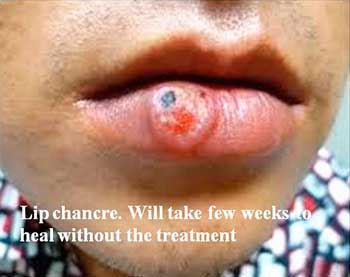
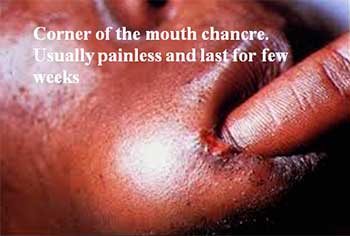
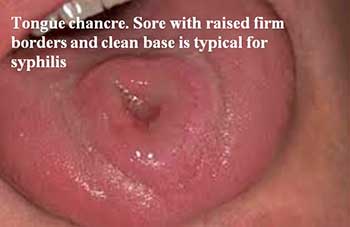
Lips and tongue are common entry areas for syphilis.
During secondary syphilis, a person can have oral lesions called condyloma lata or mucous patches.
This is what a secondary syphilis mouth lesion looks like:
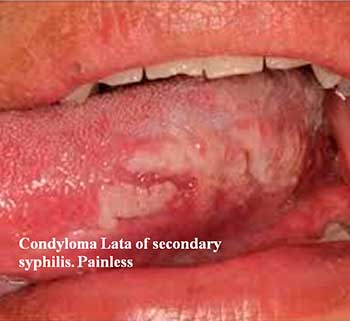
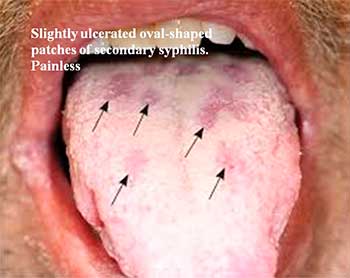
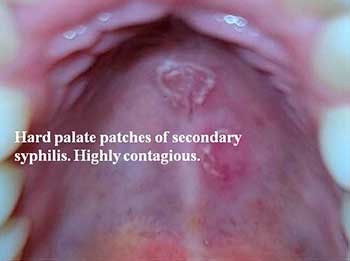
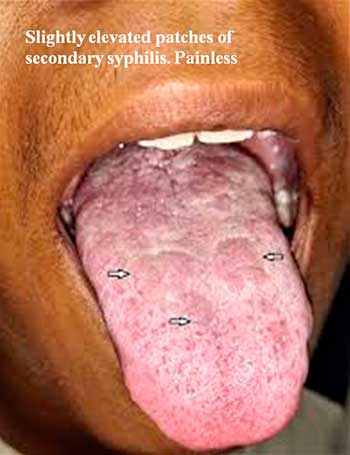
Those lesions are highly contagious, and transmission can occur through kissing.
The chance of contracting syphilis when you come into contact with a primary (chancre)or secondary (mucous patches or condyloma lata) is 10-30%.
HPV
HPV (Human papillomavirus) or wart is another infection that can be transmitted via kissing. It is transmitted through direct contact, not through saliva or daily activities (towels, sharing utensils, and others).
[3, 4]
Rates and Determinants of Oral Human Papillomavirus (HPV) Infection in Young Men
https://www.ncbi.nlm.nih.gov/pmc/articles/PMC4375438/
Oral manifestations of human papillomavirus infections
https://www.ncbi.nlm.nih.gov/pmc/articles/PMC6174935/
It is transmitted through prolonged multiple kissing contacts, especially if the tongue is involved. Most HPV infections are transient- they get better on their own. The malignant strains- HPV 16 or 18- in the oral cavity are uncommon.
This is what the tongue HPV looks like:
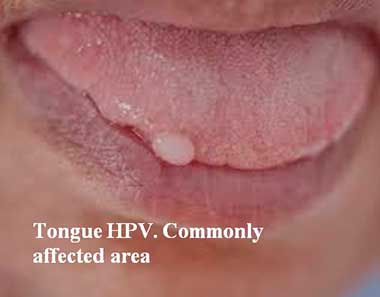
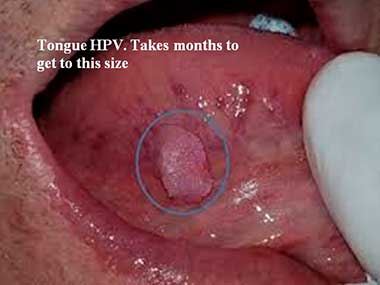
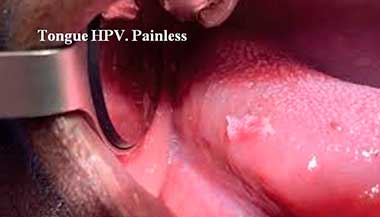
HPV, similar to herpes, can be transmitted without the person being symptomatic. The chance of transmission with one-time exposure is around 5%.
Conclusion:
Kissing (including deep French kissing) is considered much safer than oral, genital, and vaginal sex.
Source
-
A Systematic Review of Kissing as a Risk Factor for Oropharyngeal Gonorrhea or Chlamydia
https://www.ncbi.nlm.nih.gov/pmc/articles/PMC10259206/ -
Kissing, saliva exchange, and transmission of Neisseria gonorrhoeae
https://www.ncbi.nlm.nih.gov/pmc/articles/PMC6764880/ -
Rates and Determinants of Oral Human Papillomavirus (HPV) Infection in Young Men
https://www.ncbi.nlm.nih.gov/pmc/articles/PMC4375438/ -
Oral manifestations of human papillomavirus infections
https://www.ncbi.nlm.nih.gov/pmc/articles/PMC6174935/ -
Oral Manifestations of Syphilis: a Review of the Clinical and Histopathologic Characteristics of a Reemerging Entity with Report of 19 New Cases
https://pmc.ncbi.nlm.nih.gov/articles/PMC8384985/ -
Characterizing the transitioning epidemiology of herpes simplex virus type 1 in the USA: model-based predictions
https://pmc.ncbi.nlm.nih.gov/articles/PMC6410528/